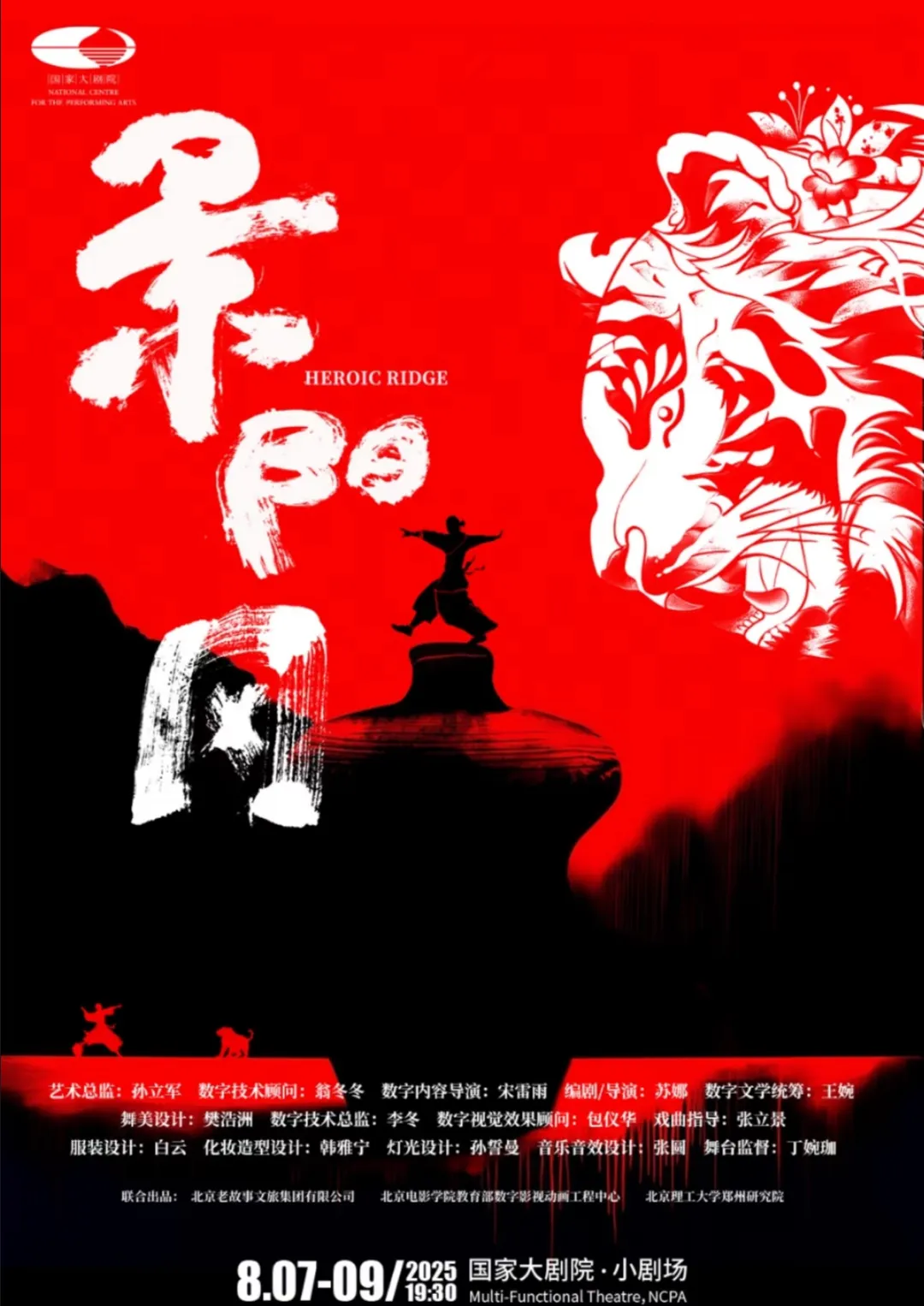On August 9, at the “2025 Busan International Art Festival China Selection Works Review and Exchange Meeting” held at the Beijing Film Academy, representatives from academia and industry in South Korea and China conducted in-depth discussions on topics such as the international value of the art festival, the transformation path of the art field in the AI era, the construction of a talent training system, and cross-cultural exchange mechanisms. They reached a number of important consensuses and provided forward-looking ideas for the integrated development of art and technology and international cooperation.
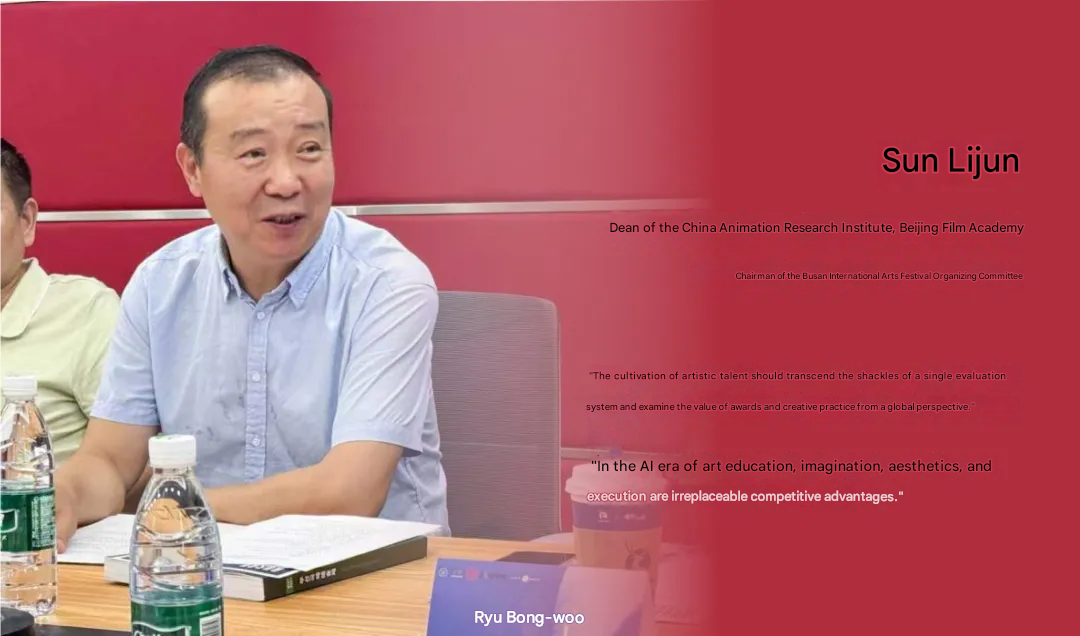
—Positioning the value of the festival with a global perspective and focusing on the core training of talents in the AI era
Professor Sun Lijun pointed out in the seminar that the distinctive features of the Busan International Arts Festival are reflected in three dimensions: first, the “broad range” of works judged, covering a variety of art forms, with a breadth of scope and types; second, the “extensive” collection of works, covering nearly 100 countries and regions. This level of global participation is relatively rare in similar activities in China; third, the cutting-edge concept. Professor Sun Lijun said: “A digital drama “Jingyanggang” that I directed as artistic director won the Gold Award of the Busan International Arts Festival and the President of the Busan Metropolitan City Council at the 2024 Busan International Arts Festival, winning unanimous recognition from professionals and judges. This drama was staged at the National Centre for the Performing Arts for the first time this year. It is also a typical testament to the cutting-edge nature of the Busan International Arts Festival that a drama with student creation characteristics can be sold out and performed at the National Centre for the Performing Arts and receive a strong response.
Regarding the controversy surrounding the recognition of art festival awards by some universities, he emphasized: “Awards recognized by the Ministry of Education are of reference value, but awards not included in the list are not necessarily lacking in value. The practice of industry-recognized authoritative awards such as the Golden Rooster Awards has fully demonstrated that the evaluation system should move beyond a single framework, and the cultivation of artistic talents must be based on a global perspective.”
During the seminar, Professor Sun Lijun reviewed the transformation of Chinese animation from the film era to the digital age, drawing on his own personal experience. He began studying traditional film animation in 1984, became the first practitioner in China to systematically study 3D animation in 1991, and then offered the first 3D animation course in a university in 1997. Sun Lijun believes that AI’s impact on the art world is not simply a technological supplement, but rather a “revolutionary reshaping,” with its development speed far exceeding any previous generation. “One year of technological iteration today is equivalent to ten years in the past.”
He proposed that the traditional talent training model urgently needs a breakthrough: “If colleges and universities still stick to the old and ignore the training programs for AI tools, they will find it difficult to keep up with the pace of industry development.” In this regard, he clarified the three core demands for talent training in the AI era: first, to strengthen imagination and originality, to solve the current imitation dilemma of works, and to reshape copyright awareness; second, to reconstruct aesthetic standards, to make up for the shortcomings of some educators whose aesthetic concepts lag behind the times; third, to enhance execution and promote the transformation of creativity from conception to physical works.
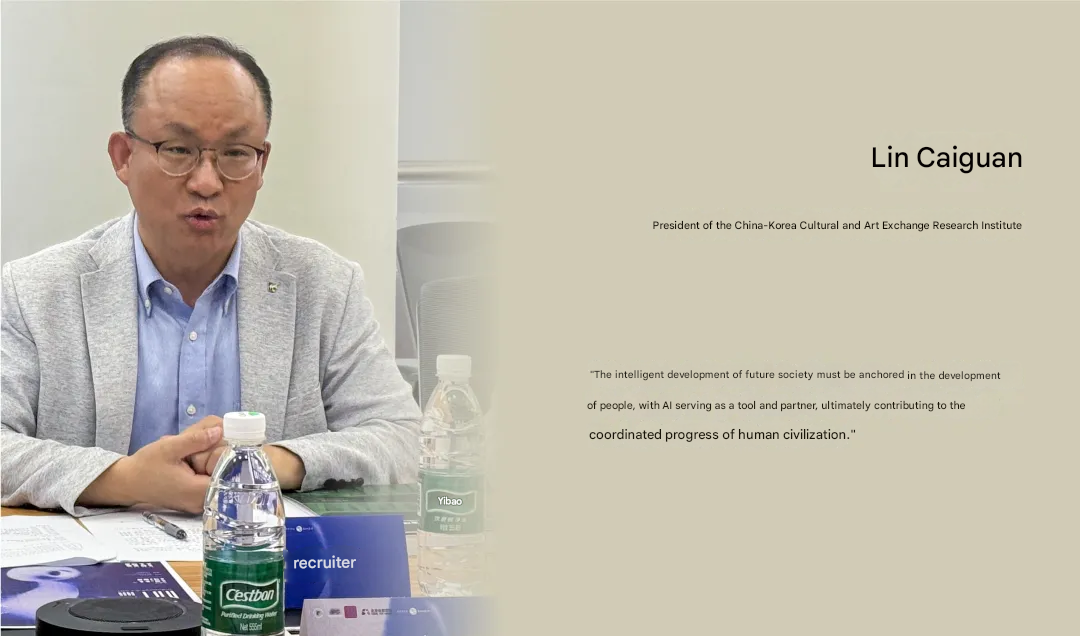
—“The essence of human-machine collaboration is “focused on human development”
Professor Lin Caiguan pointed out that the rapid development of artificial intelligence technology is leading society into a new era of intelligence. In this process, AI is no longer just a production tool, but is transforming into an intelligent partner of humanity, deeply collaborating with humans on the levels of thought, creation, and cultural exchange. This transformation concerns not only technology but also the future of human civilization.
In the context of art and culture, the inclusion of AI has injected unprecedented possibilities into creation. It transcends the limitations of time and space, integrates artistic elements from diverse civilizations, and empowers artists to express their thoughts and emotions on a broader stage. Professor Lin emphasized, “The integration of human and machine is not about substitution, but about complementing and advancing together. Human-machine collaboration in the art field does not replace the creator’s inspiration, but rather extends the boundaries of creation, allowing art to be presented in a more efficient, intelligent, and humane way.”
As a promoter of cross-cultural artistic exchange, Professor Lim Chae-gwan pointed out that the Busan International Art Festival is a crucial venue for the practice of human-machine collaboration. On the festival stage, AI technology can not only empower visual, audio, and visual creation, but also enable works to transcend individual expression and present a comprehensive artistic feast across cultures, media, and disciplines. In global artistic exchange, technology serves human spiritual needs and cultural values. Especially on international platforms like art festivals, the principle of “human development at the core” should be upheld, ensuring that the application of AI always serves the ultimate goal of inspiring creativity, enhancing aesthetic experience, and promoting cultural exchange. Creations that ignore human subjectivity and simply pursue dazzling technological effects will ultimately lose the soul of art.
During the seminar, Professor Lin envisioned the festival ushering in a more diverse and inclusive creative ecosystem. The deep collaboration between humans and AI will not only promote the integration and innovation of global art but also foster understanding and resonance across civilizations. Through this synergy, the festival will become a grand event where technology and humanity intertwine, allowing the world to appreciate beauty while also experiencing the power of wisdom and warmth.
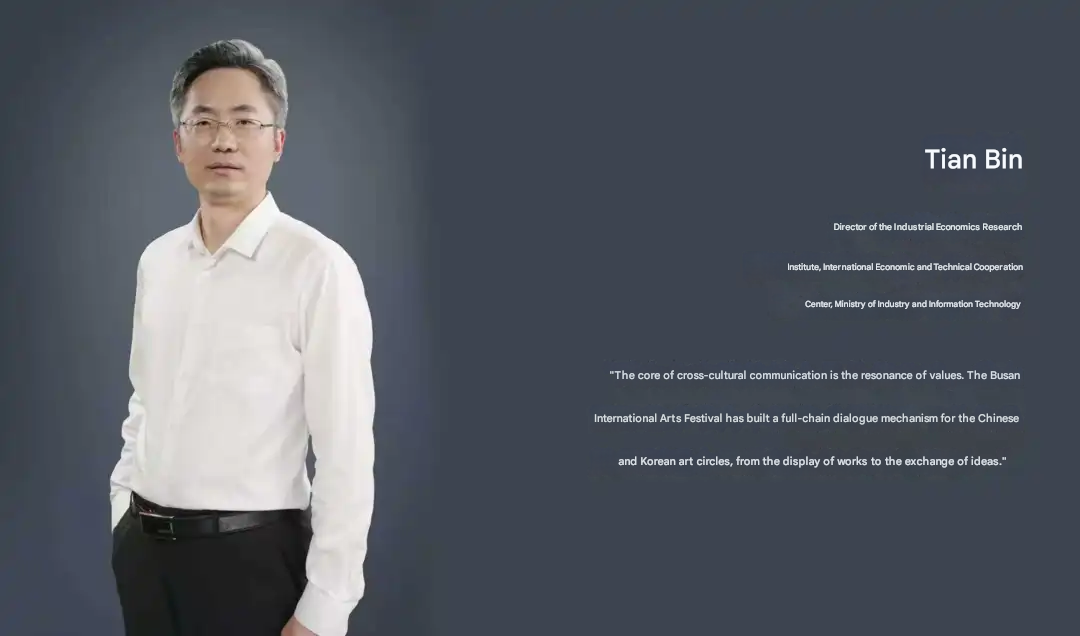
—Using art as a medium to tell Chinese stories and spread China’s voice
Director Tian Bin stated in his speech that the art festival is a crucial link for cultural exchange and industrial collaboration between China and South Korea. As a globally influential comprehensive art event, the Busan International Art Festival not only provides a showcase for artists worldwide, but also builds a solid bridge for in-depth exchange in culture, art, and design between China and South Korea.
Against the backdrop of the deep integration of the digital economy and the cultural and creative industries, he particularly affirmed the contemporary value of the entries from the Chinese region: “With their keen insight and innovative consciousness, young Chinese artists interpret the charm of contemporary Chinese culture from multiple perspectives, demonstrating the rise of China’s art and design power.” He also pointed out that the International Economic and Technical Cooperation Center of the Ministry of Industry and Information Technology will continue to focus on the coordinated development of the cultural and creative industries and technology, and support the promotion of outstanding Chinese works to the international stage through platforms such as art festivals.
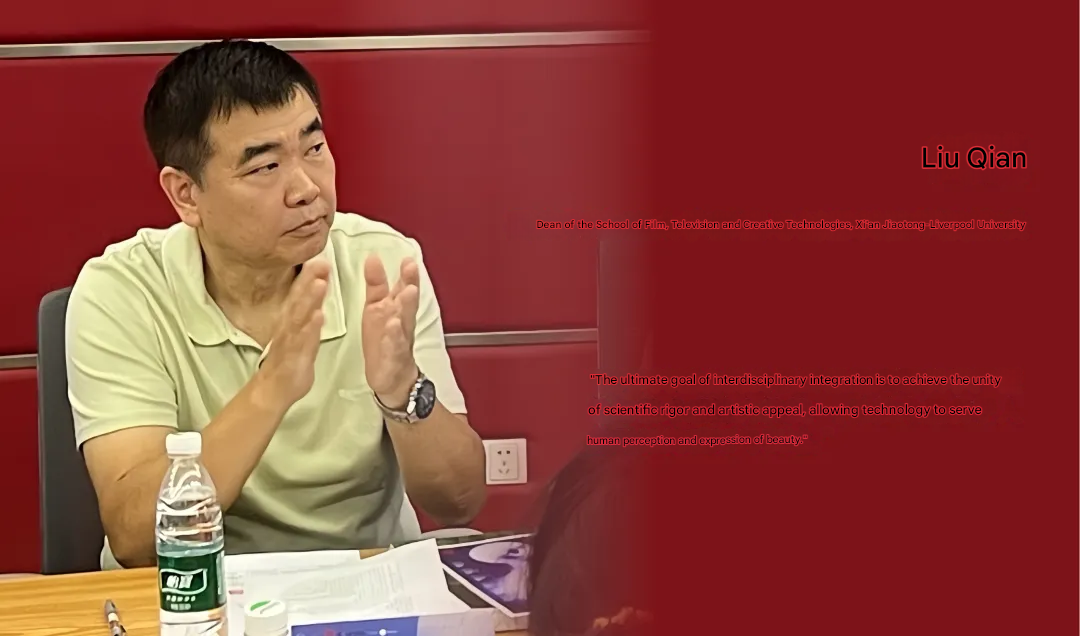
—Interdisciplinary integration is the inevitable path for the coordinated development of art and technology
During the exchange, Dean Liu Qian focused on cutting-edge trends such as “art engineering” and “creative technology,” proposing that current art education must break down disciplinary barriers and cultivate students’ interdisciplinary skills in “digital technology application, creative planning, and directing and execution.” He stated, “Digital art should not be viewed in isolation but should be integrated into all artistic formats, including music and sound effects, and deeply integrated with science and technology. The visualization of scientific research and the artistic expression of industrial data are essentially the products of interdisciplinary collaboration.”
He further explained with practical cases: “Xi’an Jiaotong-Liverpool University has integrated film and television arts and cultural technology-related disciplines to establish the School of Film, Television and Creative Technology. It has launched comprehensive cooperation in immersive media with intelligent imaging companies such as the China Film Group Artificial Intelligence Research Institute, Suzhou Blue Ocean Creative Cloud, Beijing Lanjing Technology, Beijing Tiantu Wanjing Technology, and Beijing Xinhe Jingcheng Technology. Together, they explore the creation of immersive experiences, provide a display and review platform for interdisciplinary works, and promote the upgrading of audio-visual art to ‘high quality and high emotional value’.”
—Conclusion
Through in-depth dialogue between Korean and Chinese experts, this exchange not only highlighted the Busan International Art Festival’s central role in promoting international artistic exchange, but also clarified the direction for artistic innovation in the AI era, centered on the value of human interaction and driven by interdisciplinary integration. Going forward, leveraging this platform, the Korean and Chinese art communities will continue to deepen mutual learning and foster the shared prosperity of culture and art through the intersection of technology and humanity.
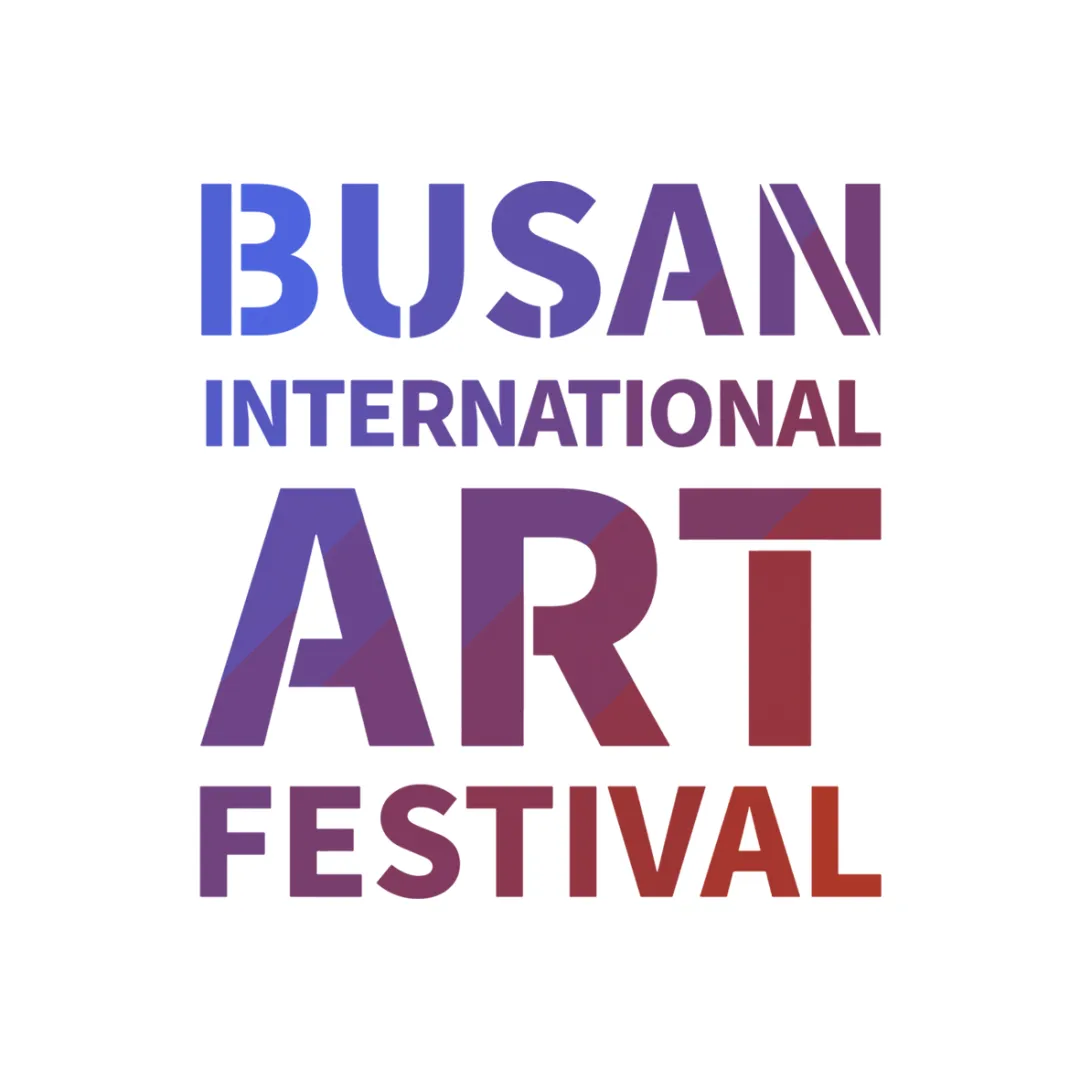
 The Busan International Arts Festival's Chinese Regional Selection Competition and Exchange Meeting were a great success.
The Busan International Arts Festival's Chinese Regional Selection Competition and Exchange Meeting were a great success.